
The Liturgical Year
Just as our calendar year has special times and seasons, so does the Church. In liturgical seasons, we remember important parts of our faith and we celebrate and reflect on key moments in the life of Jesus. The liturgical year has six seasons: Advent, Christmas, Lent, Triduum, Easter, and Ordinary Time. Every year on the first Sunday of Advent, the liturgical year begins.
Because we believe strongly in building Biblical literacy at every age, The Catholic Youth Bible includes a Bible reading plan that corresponds to the readings of the Bible heard on Sundays throughout these seasons. This is an excellent way to get to know the Bible and the liturgical year at the same time.
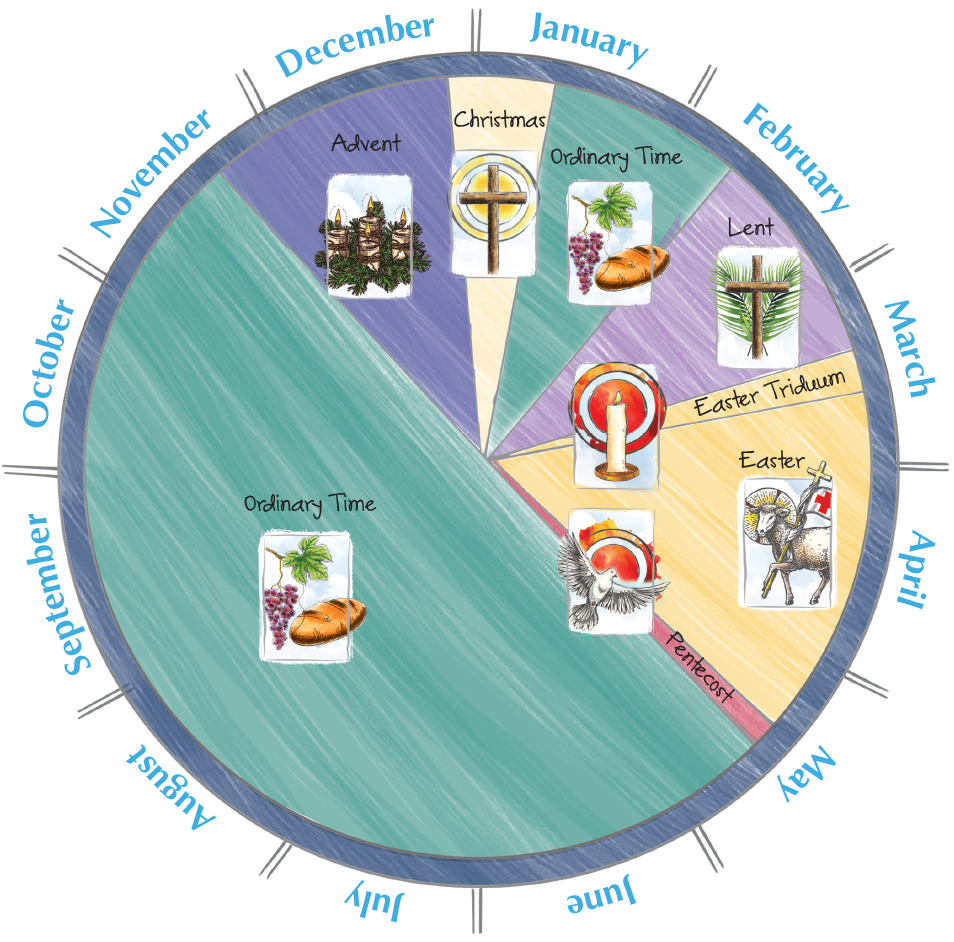
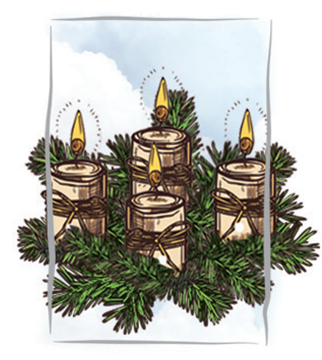
Advent
Advent begins the liturgical year four Sundays before Christmas. It is a time of preparation for the coming of Christ and is symbolized by the Advent wreath.

Christmas
The Christmas season begins with Christmas Day, which is always December 25, and concludes with the feast of the Baptism of the Lord. The cross reminds us that the wood of the manger becomes the wood of the cross.
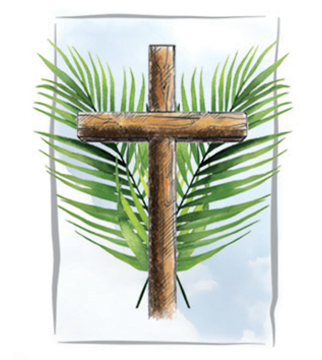
Lent
Lent begins with Ash Wednesday and lasts forty days, beginning six Sundays and one Wednesday before Easter. It is a solemn time of fasting, prayer, and almsgiving in preparation for Easter. The palms and cross symbolize all of Lent as a journey toward Palm Sunday, when the same crowd that waved palms and yelled, “Hosanna!” ended up waving angry fists and shouting, “Crucify him!”
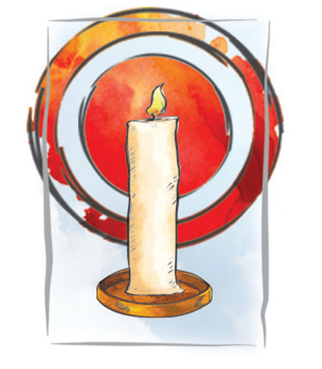
Easter Triduum
The Easter Triduum is a celebration from the evening of Holy Thursday to the evening of Easter Sunday. At this one, continuous, three-day liturgy, Christians remember the Lord’s Supper, Christ’s passion and death, and his resurrection. These feasts are at the heart of the liturgical year. They are represented by the picture of the Easter candle, which makes its appearance in the darkness of the Easter Vigil.
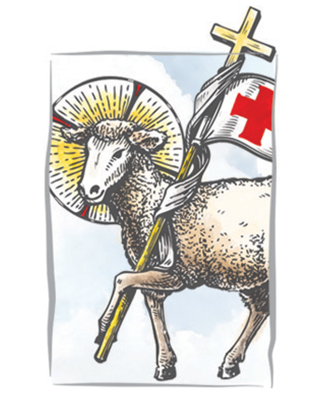
Easter
The Easter Season lasts fifty days, beginning with Easter Sunday and ending with the feast of Pentecost. Easter is the first Sunday after the first full moon in the spring, so the date varies each year. The symbol of the lamb represents Jesus, the innocent sacrificial lamb of God.
The symbol of the Holy Spirit reminds us that the Holy Spirit came to the disciples in the rush of wind and tongues of fire at Pentecost.
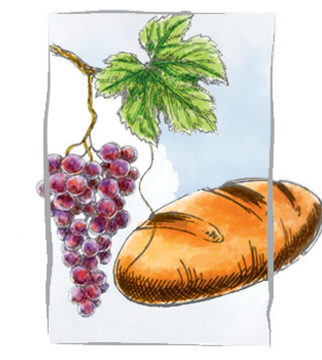
Ordinary Time
The season of Ordinary Time is made up of the days between Christmas and Lent and the days between Easter and Advent. The bread and wine show us that the main focus of Ordinary Time is the ministry of Jesus, represented by the grapes and bread of communion.
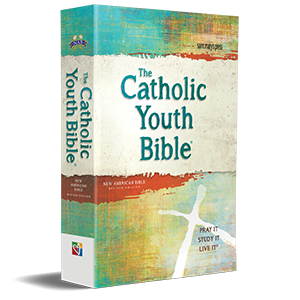
Our goal is to make Sacred Scripture and Sacred Tradition relatable and understandable! This explanation of The Liturgical Year is adapted from The Catholic Youth Bible® to empower young people to learn those uniquely Catholic faith traditions.

